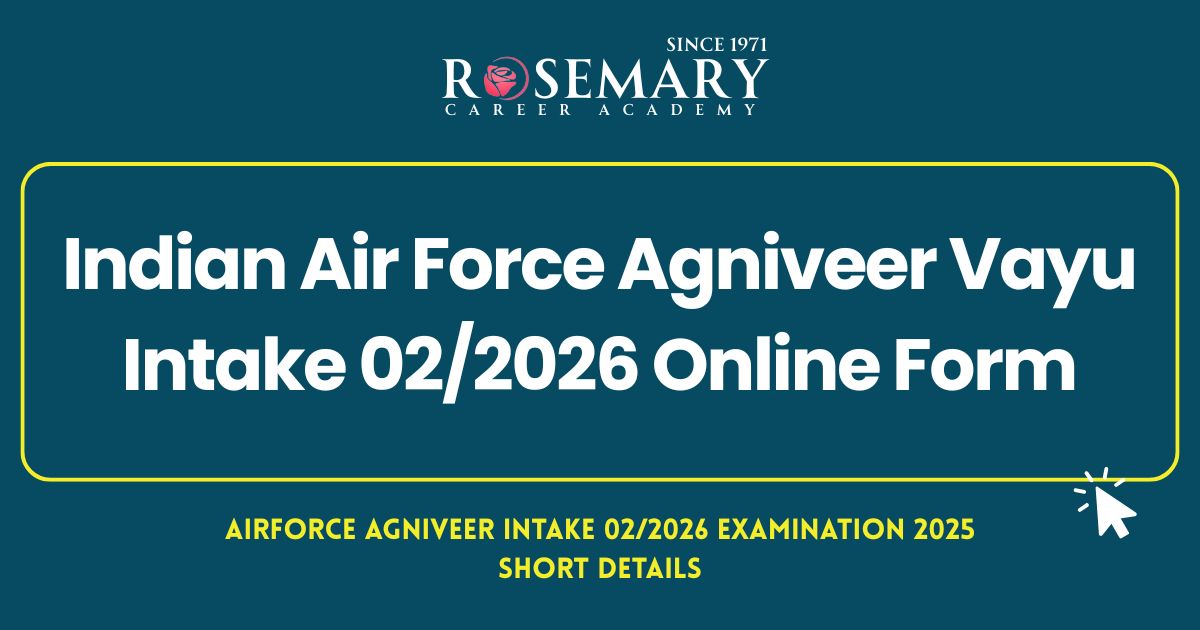How Planes Fly? Understanding Lift, Thrust, Drag & Gravity
Learn how airplanes fly using the four forces of flight: lift, thrust, drag, and gravity. A beginner-friendly breakdown of aviation science for students and enthusiasts.

1- What Makes a Plane Soar?
Ever wondered how a giant metal machine defies gravity and glides through the air? It’s not magic — it’s a perfect balance of science and engineering.
Airplanes fly by manipulating four key forces:
- Lift
- Thrust
- Drag
- Gravity
When these forces are in harmony, flight becomes possible.
2- Lift: Rising Against Gravity
Lift is the upward force that keeps the airplane in the air. It’s created primarily by the wings. As the plane moves forward, air flows faster over the curved top surface of the wing and slower underneath. This difference in air pressure pushes the wing — and the plane — upward.
This principle is based on Bernoulli’s Principle in physics.
3- Thrust: Powering Forward
Thrust is the forward force that moves the plane ahead. It’s generated by engines or propellers. Jet engines push air backward at high speed, and in return, the plane moves forward (thanks to Newton’s Third Law — every action has an equal and opposite reaction).
Without thrust, there’s no movement — and without movement, there’s no lift.
4- Drag: The Air’s Resistance
As the plane cuts through the sky, drag pulls it backward. Think of it like air pushing against your hand when you stick it out of a moving car. To keep flying smoothly, thrust must overcome drag.
Aircraft are designed with sleek, aerodynamic shapes to reduce drag and improve efficiency.
5- Gravity: The Pull That Grounds Us
Gravity is the downward force that keeps everything on Earth. For an airplane to fly, lift must be greater than gravity. But when a pilot wants to descend, reducing lift helps gravity do its job.
Understanding and controlling this balance is what makes flying both possible and safe.
6- Real-Life Example: Takeoff in Action
When a plane speeds down the runway:
- Engines generate thrust
- Wings start to create lift
- As speed increases, lift exceeds gravity
- The plane leaves the ground and begins its flight!
7- Why This Matters for Students
At Rosemary Career Academy, we believe science becomes exciting when it connects to the real world. Whether you’re aiming to be an engineer, pilot, or a curious learner, understanding flight mechanics opens doors to amazing STEM careers.
Learning how planes fly is the first step toward understanding aerodynamics, aerospace engineering, and even space exploration.
“Flight is the perfect fusion of force, motion, and human curiosity.”
8- Related Reads from Rosemary:
Connect
With Us Today!
Confused About Your Career After Graduation?
Get Expert Career Counseling at PathFinder& Training at RankEdge – A Unit of Rosemary Career Academy
Official Website: www.rosemaryinstitute.com
App: Rosemary – The Learn & Grow App
WhatsApp Channel (General): Learn & Grow
WhatsApp Channel (Career): Pathfinder – Career Guidance
Location: Rosemary Campus, Rosemary Lane, Begum Bagh, Meerut, Uttar Pradesh
Contact: +91-9557840404, 9456040404
Email: rosemaryinstitute@gmail.com
Latest Posts
Counseling Guide for Humanities Students
Career Options After 12th Humanities
Psychology Careers & Scope: Understanding Minds, Shaping Futures
Indian Air Force Agniveer Vayu Intake 02/2026 Online Form
Career Opportunities in Nutrition & Agri-Tech
Enquiry Form
“Creating Leaders for Tomorrow”
“Our achievers are the foundation of our journey. Their relentless dedication and perseverance inspire us to push boundaries and achieve new heights. Every success story is a testament to the power of passion and hard work, reminding us that with determination, nothing is out of reach.”






